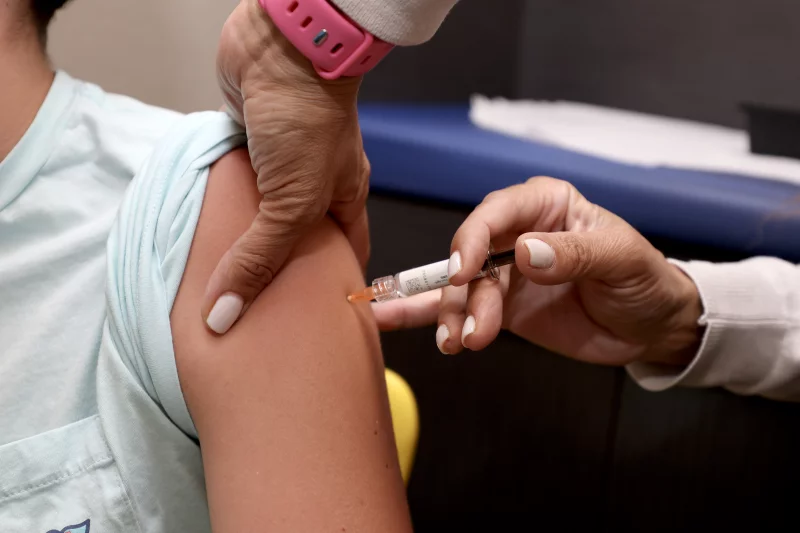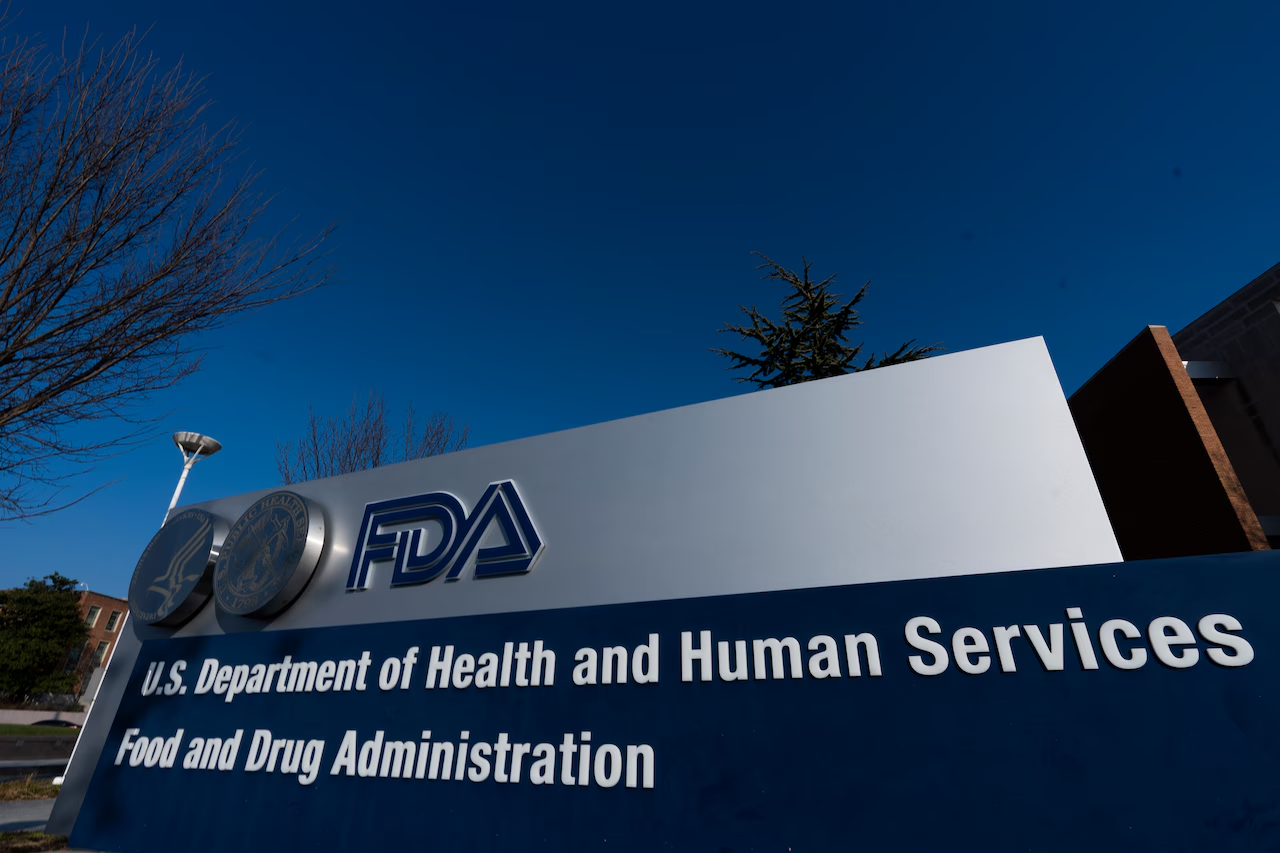Southern China is grappling with one of its largest outbreaks of chikungunya fever in recent memory, with over 7,000 confirmed cases reported in the Guangdong Province. The epicenter of the outbreak is the city of Foshan, which accounts for the vast majority of cases, prompting emergency response efforts across the region.
Chikungunya, a viral illness transmitted by Aedes mosquitoes, is characterized by high fever, severe joint pain, fatigue, and skin rash. Although rarely fatal, the symptoms—especially joint pain—can be debilitating and may persist for weeks or even months.
Local health authorities have implemented large-scale containment strategies in Foshan, including widespread disinfection, mosquito control campaigns, and public awareness initiatives. Measures also include the distribution of mosquito-repellent supplies, cleanup of breeding grounds, and the introduction of larvivorous fish into stagnant water bodies.
The spread of the disease has not been limited to mainland China. Hong Kong recently confirmed its first imported case in years—a 12-year-old boy who had traveled from Foshan. He experienced fever, rash, and joint pain, but is reportedly in stable condition. Macau has also recorded its first case, similarly linked to travel from the outbreak zone.
Regional health agencies have ramped up border monitoring and issued advisories urging travelers returning from southern China to monitor their health and take preventive steps, including the use of mosquito repellent and wearing protective clothing. While no fatalities have been reported so far, the volume of cases and rapid transmission have raised concerns about the potential for further spread.
Globally, chikungunya continues to pose a serious public health threat, particularly in tropical and subtropical regions. Health officials are closely monitoring the situation and are urging heightened vigilance as mosquito season peaks across Asia.
This latest outbreak highlights the ongoing vulnerability to mosquito-borne diseases in densely populated urban environments and the critical importance of swift public health responses to contain emerging threats.
















Leave a Reply